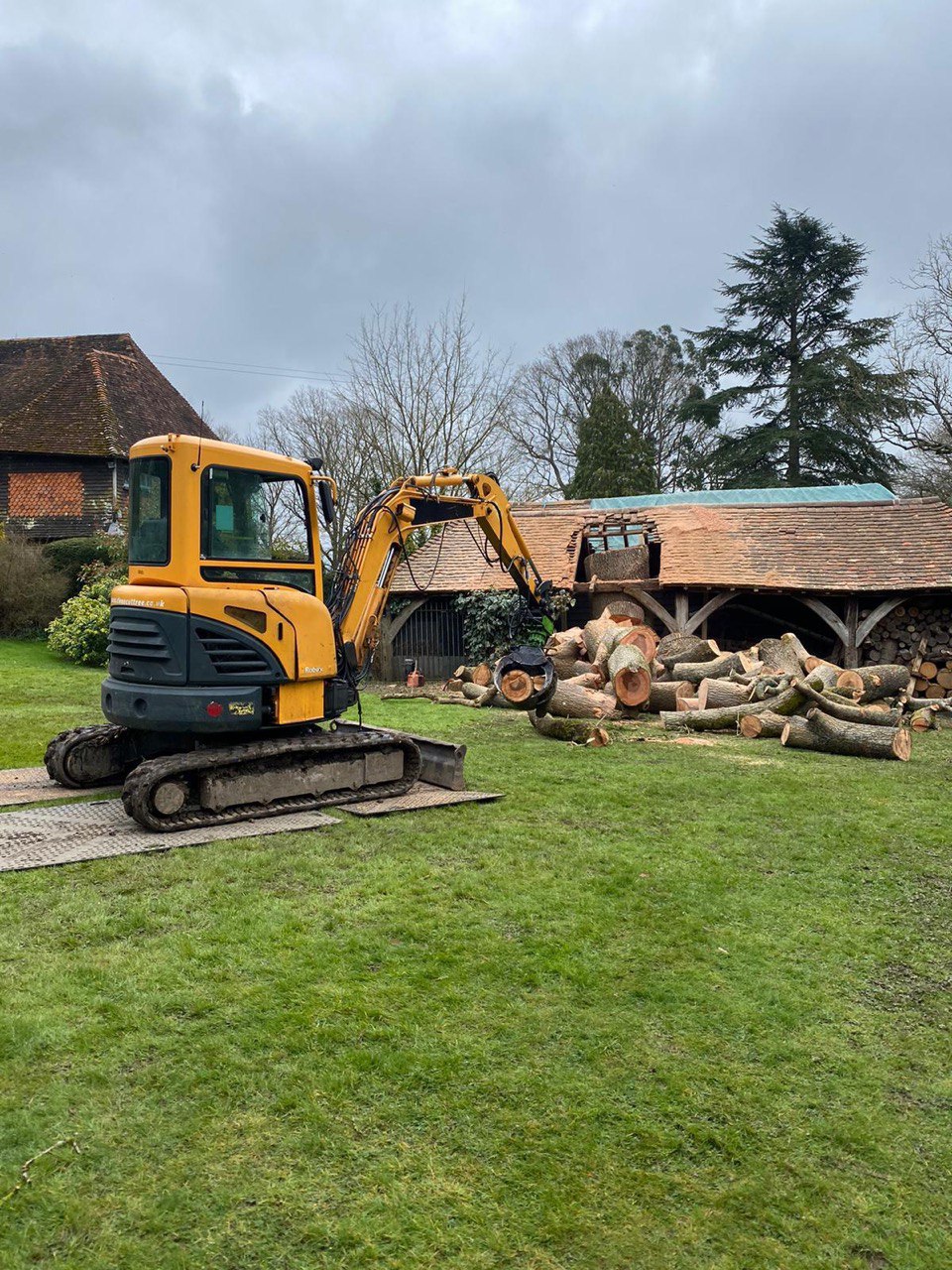Introduction: Proper tree trimming, or pruning, is a crucial aspect of tree care that can significantly impact a tree’s health, appearance, and overall growth. However, knowing when and how to trim your trees is essential to ensure they thrive. In this guide, we’ll explore the best practices for tree trimming to promote optimal growth and longevity.

The Importance of Timing
Timing is everything when it comes to tree trimming. Different types of trees and specific objectives require pruning at other times of the year:
- Dormant Season Pruning (Late Winter to Early Spring):
Objective: This is the ideal time for general maintenance pruning, as it minimises stress on the tree.
Why: Trees are dormant during this period, making them less susceptible to disease and pests. It’s easier to see the tree’s structure without leaves.
What to Trim: Remove dead or diseased branches, shape the canopy, and thin the tree to improve airflow and sunlight penetration.
- Spring Blooming Trees (Right After Flowering):
Objective: Prune these trees immediately after they bloom to avoid cutting off next year’s flower buds.
Why: Spring-blooming trees set their flower buds in the previous year, so pruning after flowering ensures you won’t remove potential blooms.
- Summer Pruning (Mid-Summer):
Objective: Control growth and remove excessive new growth.
Why: Summer pruning can slow the growth of overly vigorous trees and reduce the risk of wind damage.
What to Trim: Cut back long or wayward branches and remove water sprouts (vigorous vertical shoots).
- Fall Pruning (Late Fall):
Objective: Tidy up trees and remove dead or hazardous branches.
Why: Late fall pruning can help prepare trees for winter and minimise the risk of cold damage.
What to Trim: Focus on cleaning up the canopy and removing any weak, dead, or crossing branches.
Proper Tree Trimming Techniques
Now that we’ve discussed when to trim your trees let’s delve into the essential techniques for effective tree trimming:
- Prune at the Right Location:
Always cut just outside the branch collar, the swollen area where a branch attaches to the trunk or another branch. Avoid leaving stubs or cutting too close to the trunk.
- Use the Right Tools:
Invest in quality tools, including hand pruners, loppers, and a pruning saw. Ensure they are sharp and well-maintained for clean cuts.
- Maintain the Tree’s Natural Shape:
When trimming, aim to retain the tree’s natural form and avoid excessive or unnecessary shaping.
- Remove Dead or Diseased Wood:
Identify and remove dead or diseased branches, as they can pose a risk to the tree and its surroundings.
- Avoid Over-Pruning:
Don’t remove more than 25% of a tree’s canopy in a year; it can stress the tree and hinder growth.
- Step Back and Assess:
Periodically assess your progress to ensure you’re achieving your pruning goals without compromising the tree’s health.
Seek Professional Guidance
While the timing and techniques of tree trimming are essential to promote optimal growth, it’s essential to recognise your limits. For extensive or complex pruning tasks, or if you’re unsure about the best approach for your trees, consider consulting a certified arborist or tree care professional. They can provide expert guidance and ensure your trees receive the care they need to thrive.
Conclusion: Tree trimming is a valuable practice to enhance trees’ health and appearance. By timing your pruning correctly and employing proper techniques, you can contribute to your beloved trees’ optimal growth and longevity, enriching your landscape for years to come.
Call us on: 01797 334499
Click here to find out more about Rye Tree Surgeons
Click here to complete our contact form and see how we can help with your tree’s needs.